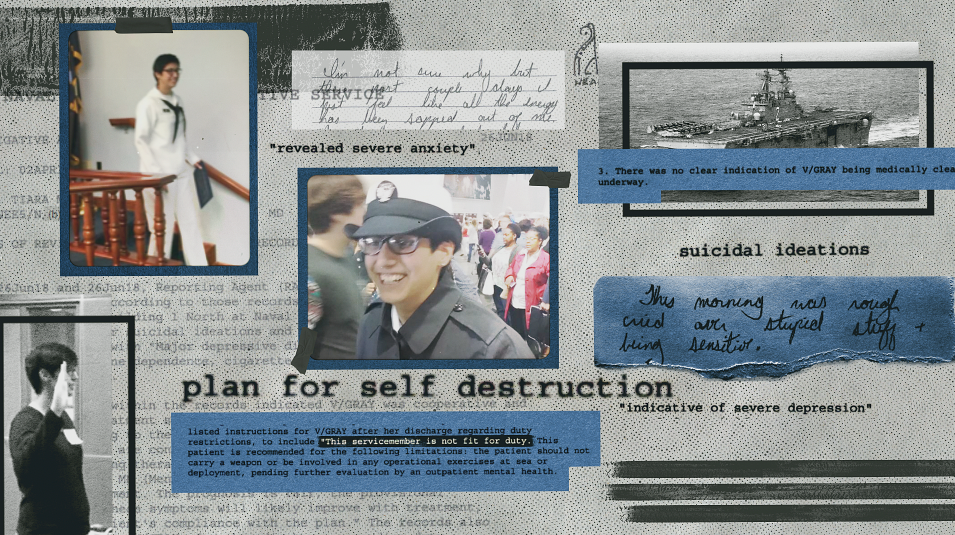2015 marks 30 years since the San Diego Police Department created the Special Weapons And Tactics (SWAT) unit's Special Response Team.
SWAT was created in 1968, after a deadly shooting at Hub Loan Company in Downtown San Diego. The suspect and police officers fired 1,000 rounds between them. There was no organized response to that 1965 shooting. A lot has changed since then.
"We now have one of the largest SWAT units in the country, because we never want to see an officer or anyone else bleeding out. We want to be able to get them out of harm's way, and out of the hot zone, so medics can help them right away," says SWAT Commanding Officer Mark Saunders.
In 1985, San Diego police created its Special Response Team (SRT), the department's full time SWAT unit. SRT came about after the mass shooting at a McDonald's restaurant in San Ysidro in 1984.
The Special Response Team trains constantly, so they can maintain a level of operational readiness.
Drills are often conducted in sound stages at "Strategic Operations," Stu Segall's productions studio in Kearny Mesa. Segall previously used the studio to film television shows, so the sets are ideal for police and military training scenarios.
The walls inside the sound stages are movable, so the Special Response Team can alter the layout for each exercise, which includes movement drills, dynamic entries and covert clearings.
Those exercises are all viewed and critiqued from a catwalk, by fellow SRT members.
Local
"We've gone through a lot of stressful situations together. In training, we try to mirror that stress. Comradery is very important. Our cohesiveness is very important," says SWAT Officer Michael DeWitt.
SRT members take turns as the lead instructor. After each drill, and actual SWAT call-outs, they debrief.
"The main reason for watching movement during tactical training is to fine tune, find the little mistakes, and improve. We're always looking for areas to improve. Because what we do is very dangerous, and we want to make it safe," says Officer DeWitt.
SRT also trains the Primary Response Team (PRT), a slew of patrol officers assigned to various divisions throughout the city. That means the department can quickly respond to SWAT call-outs 24 hours a day, 7 days a week.
All SWAT officers have worked in patrol for at least 3 years. Once they pass the 4-week SWAT academy, officers must pass physical tests and firearms qualifications twice a year to remain on the team.
SWAT also has a team of snipers, who respond to every incident. While snipers must be expert shooters, their primary mission is gathering intelligence.
"I know a lot of people think we're real militaristic, but we're not. Most of the stuff we use the Bearcat (armored vehicle) for is protection purposes only. There are no guns mounted to it. We just use it as a piece of cover to rescue a citizen or other downed officer and have somewhere to be where a bullet won't hit us," says Officer DeWitt.
SWAT's main objective is always saving lives. That's why negotiations can sometimes take hours.
"We try and exercise as much patience as possible. 99% of what we go out on is going to end peacefully. But there are a small percentage of those who want to challenge the police. And that's why we have a SWAT unit," says SWAT Sergeant Mark Willhelm.
The San Diego Fire-Rescue Department plays in important role in SWAT. Two medics/firefighters from Special Trauma And Rescue (STAR) respond to all call-outs and warrant service operations with an ambulance. STAR members attend the SWAT academy, and train with the Primary Response Team every month.
STAR and PRT were created in 1981, after two officers with the San Diego Police Department were killed responding to a dispute between two neighbors over a rose bush.
SWAT also uses a second, smaller training house at Naval Training Center (NTC) when the facility at Strategic Operations is being used for something else.
Right now, SWAT is working on a blueprint for a bigger training house at NTC.
"It will give us flexibility on our floor plans and our training scenarios. The space is a lot bigger. We would also able to add a second story to it. That second story would allow us to work stairwells and use different tactics," says Lieutenant Saunders.
The bigger training house is not part of the department's budget, so Lieutenant Saunders is reaching out to donors for the cost of the wood and labor. He hopes to have it built by the end of the year.
SWAT is also looking for ways to pay for new night vision goggles.
"Seeing better in the dark would change how we train. We wouldn't have to rely on flashlights, and would be able to make stealth approaches when appropriate," says Lieutenant Saunders.



